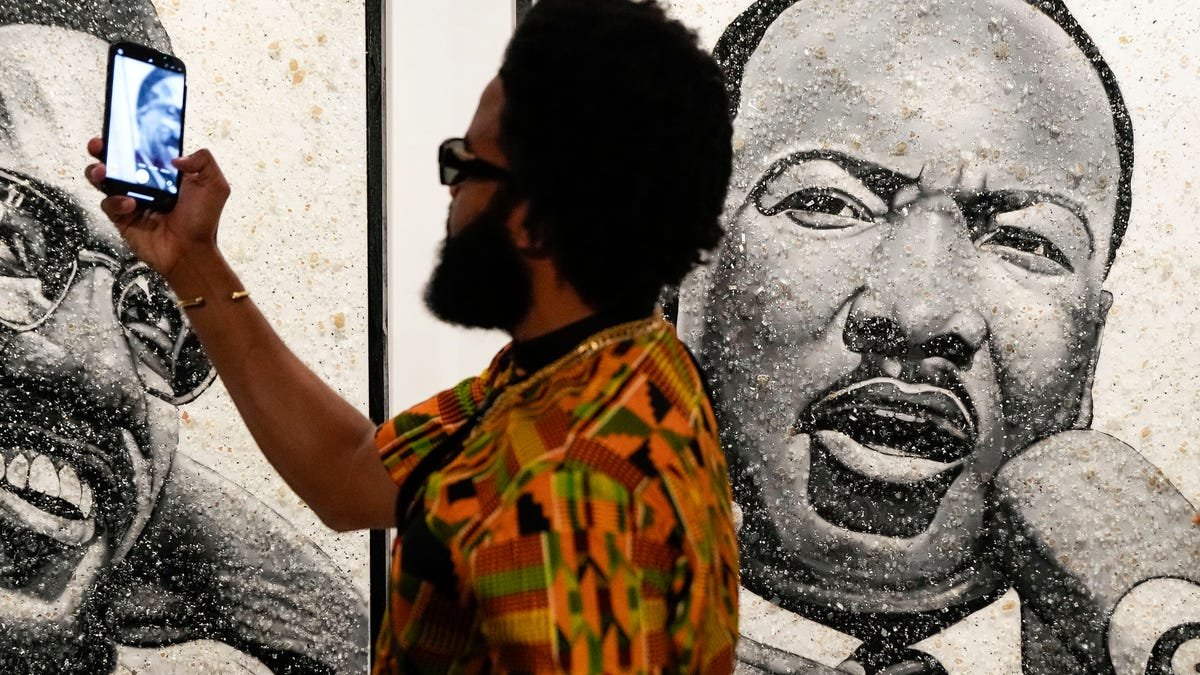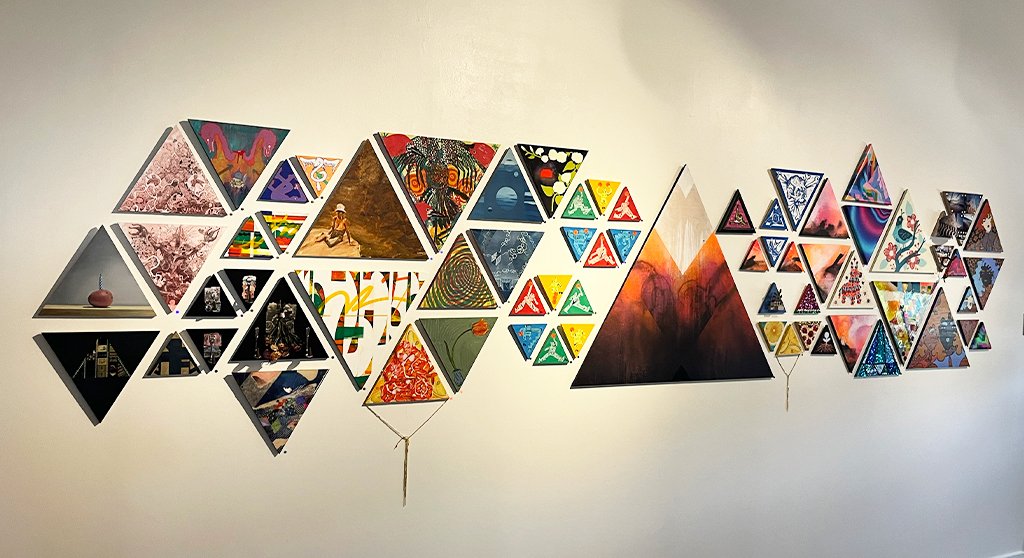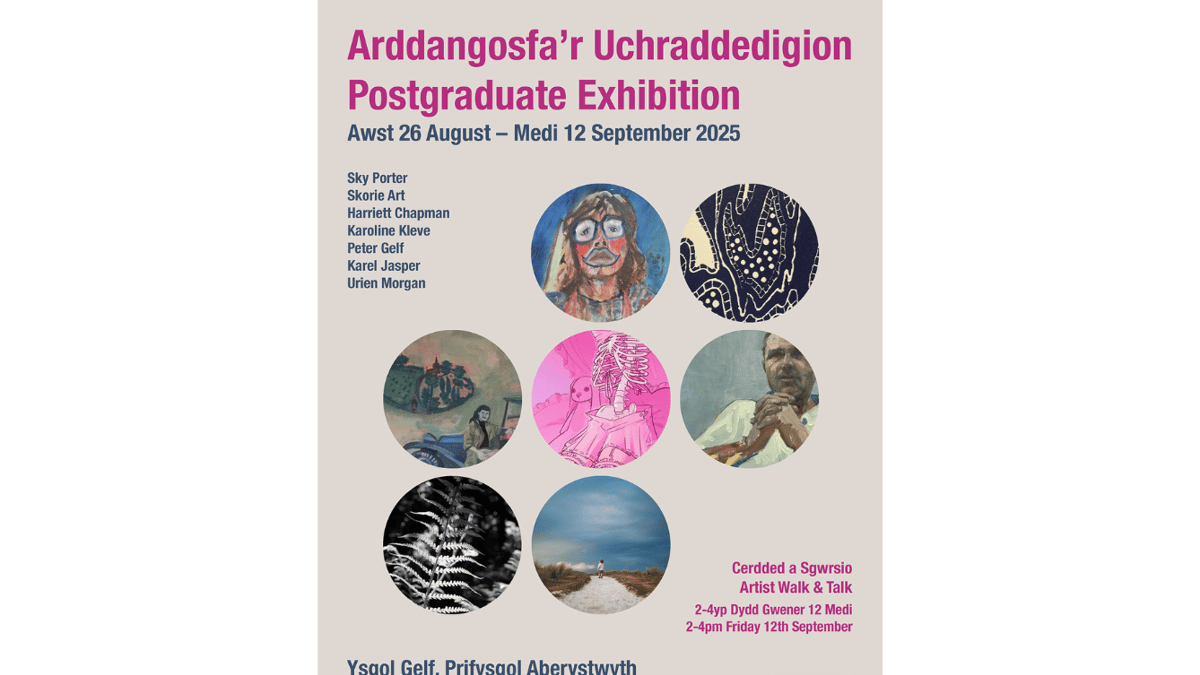‘A snake swallowing an elephant,’ is how Wu once described himself — the snake symbolising the Chinese artist in him, the elephant representing Western influence.
Why is Wu Guanzhong celebrated?
Wu’s life was as interesting as his art. The son of a village schoolteacher, he studied initially at the National Academy of Art in Hangzhou, under Lin Fengmian — a painter often called the ‘father of Chinese modernism’.
Then came the move to Paris in 1947, where he was particularly drawn to the work of Camille Pissarro, Cezanne and Van Gogh. Following his return to China in 1950, however, he found himself out of step artistically, the Communist authorities favouring a Social Realist style that featured heroic workers, farmers and soldiers.
In 1966, at the start of the Cultural Revolution, Wu destroyed many of his oil paintings, for fear of what the Red Guards would make of them if they searched his house. He was right to be fearful: Wu was summarily banned from painting for seven years; denounced as a ‘bourgeois formalist’; and banished from Beijing to the remote countryside to perform manual labour (far from his wife and family).






